The Four Amigos
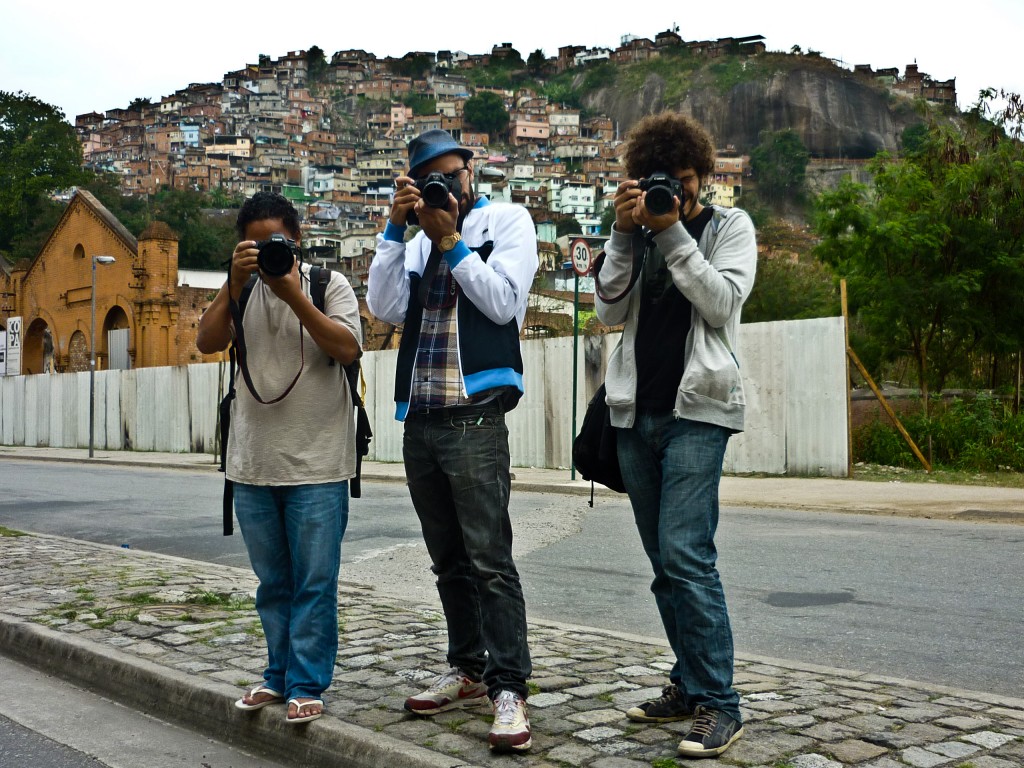
Mauricio Hora, JR and Marc Azoulay. I’m the one behind the camera.
August 2011

Mauricio Hora, JR and Marc Azoulay. I’m the one behind the camera.
August 2011
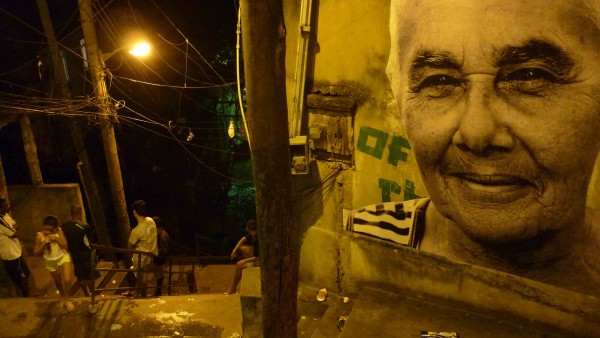
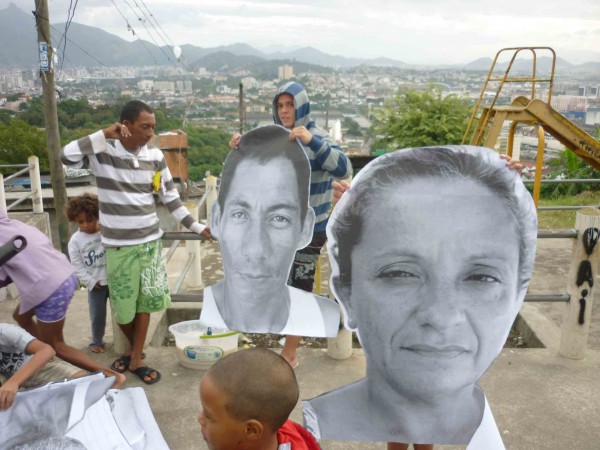
“JR has been a partner in the community since 2008, when he brought his Women Are Heroes project to our hill. When we heard about the Inside Out Project, we knew we wanted to participate. We’re at a pivotal moment in our history. While we have nothing against improvements and development of our city, we’re concerned that the authorities have not included our concerns in their plans. By pasting pictures in the community for the world to see, we’re seeking to participate and make our voices heard in this process. We want visibility, participation and recognition, and the best outcome for this community, which was built by our hands and the hands of our parents and grandparents.” (Mauricio Hora)
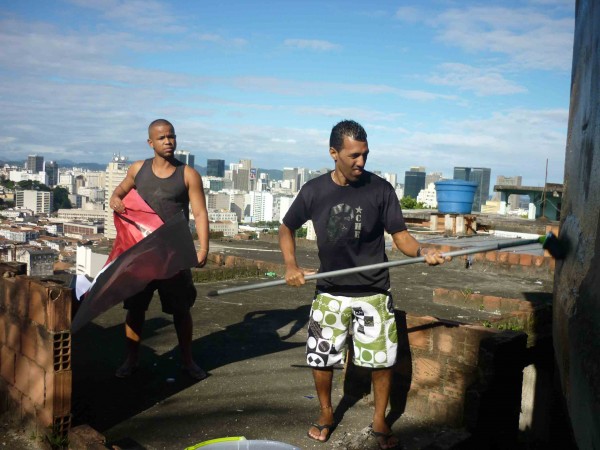
Morro da Providência looks over 360 degrees of Rio de Janeiro, giant emerald green papier machê mountains that drop into a city that rolls away into skyscrapers, favelas climbing up the hills, giant primordial rocks, sprawling suburbs and then the Guanabara bay and the open Atlantic. To see the city from the hilltop is to experience Rio at its dramatic, breathtaking and beguiling best.
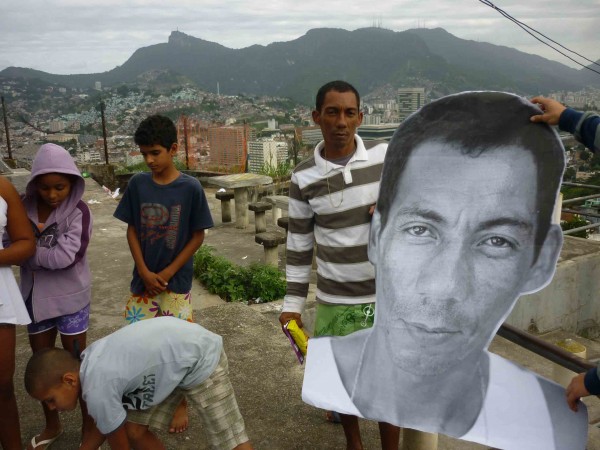
Morro da Providência is the place where the word “favela” was first used to describe an informal urban land occupation. The name was given to the hill by soldiers returning from the northeast of Brazil where they had put down a rebellion by a mystic leader called Antonio the Counsellor. In the backlands of Bahia where the battle took place, the soldiers camped on a hill they called favela, named after a spiny, thorny shrub that made their forays through the scrubland dangerous and uncomfortable, as contact with the favela plant made their skin break out in sores and rashes. The defenders of Antonio the Counsellor, protected by leather, had no such problem, as they conducted lethal guerilla attacks on the troops, sent to defend the New Brazilian Republic.
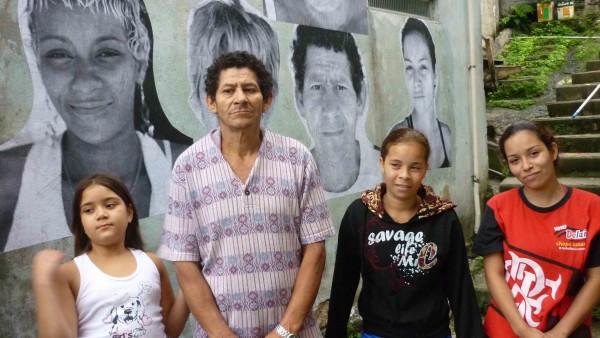
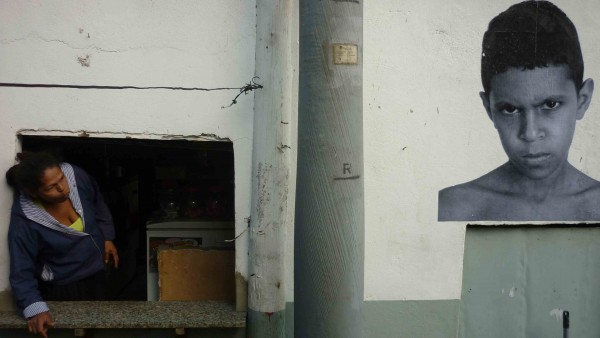
It took four expeditions to finally defeat the rebels. The surviving troops returned to Rio de Janeiro, many with captive wives in tow, and waited by the Ministry of War, which had promised them land to live on. When the politicians failed to deliver, the soldiers and their families climbed up the hill behind the Ministry, and set up homes there. Together with freed slaves already living on the craggy outcrop, they founded the world’s first favela.
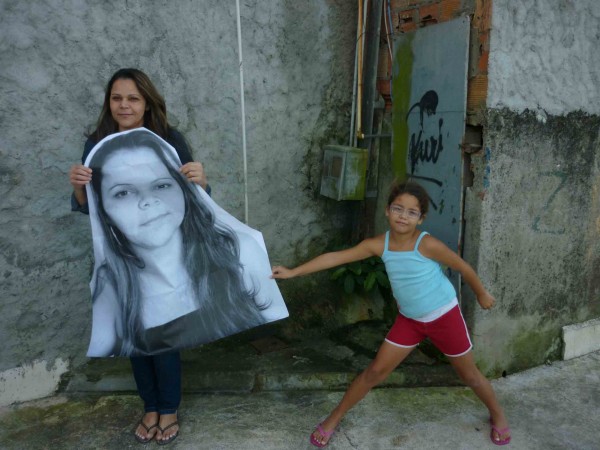
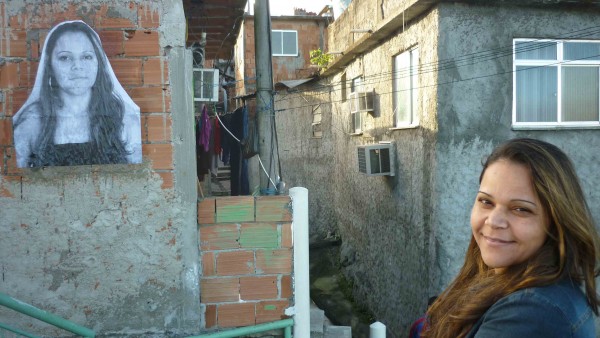
Morro da Providência (the name Providência was chosen after other settlements became known as favela too) grew and became known for its samba singers and carnival blocos (street parties) and then in the 70s when the drug trade took hold, it became one of the toughest favelas of all, and a no-go zone for people from the rest of the city.
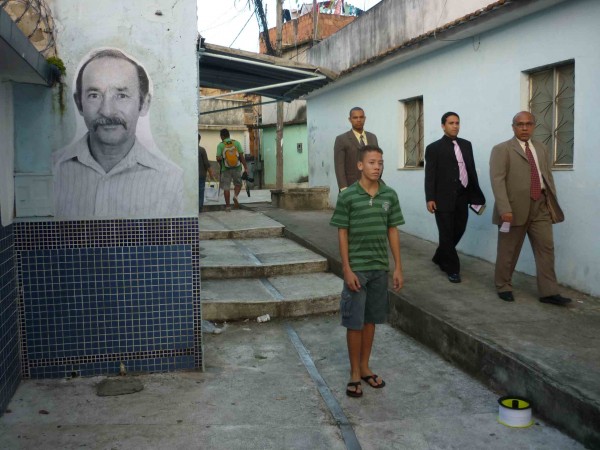
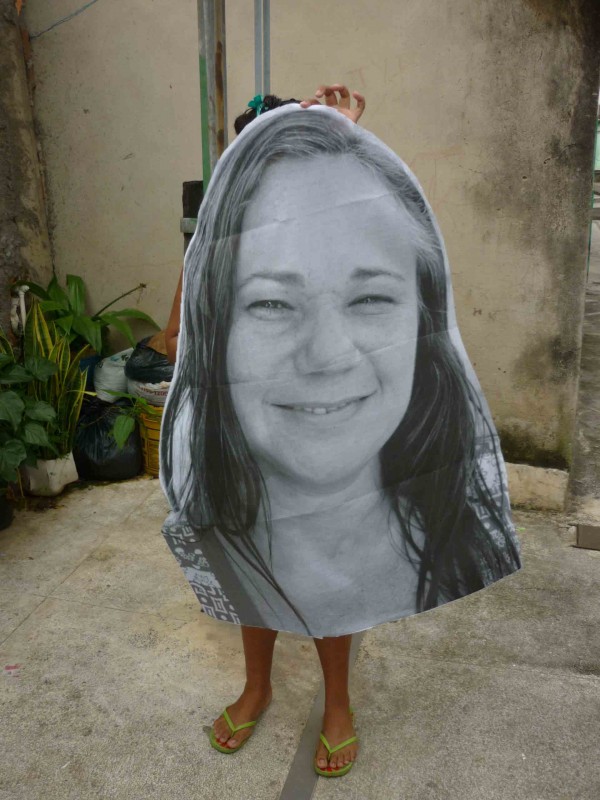
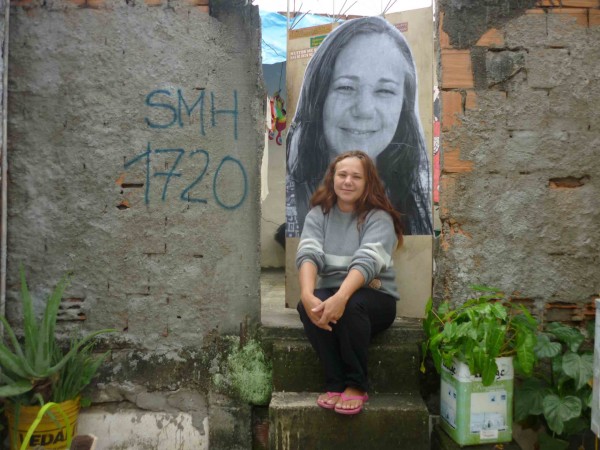
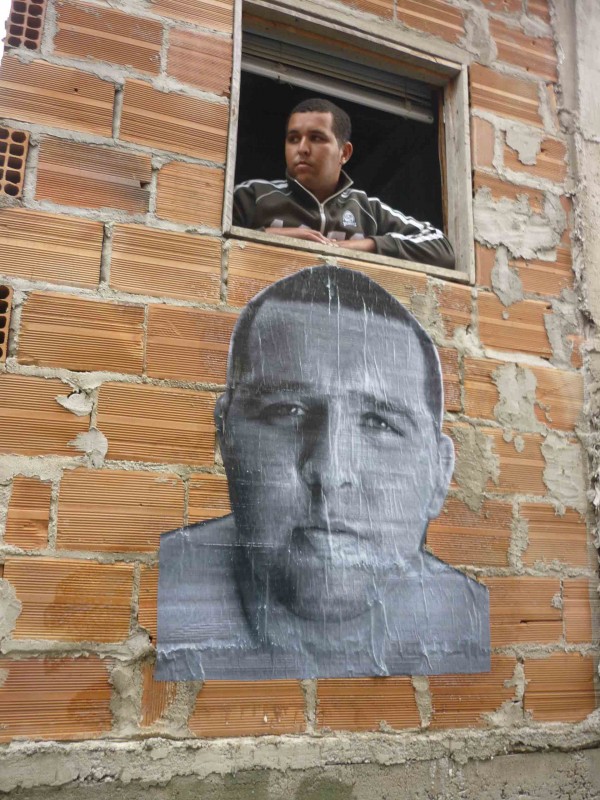
Last year the police moved in as part of a so-called “pacification” strategy to clear armed gangs out of certain key favelas, as part of the citywide development plans in the run up to Rio’s hosting of the 2014 World Cup and 2016 Olympic Games. Providência is at the edge of the business district and overlooks the rundown port area. The authorities plan to build the Olympic Press corps building here, and have a vision of turning the port into a futuristic marina.
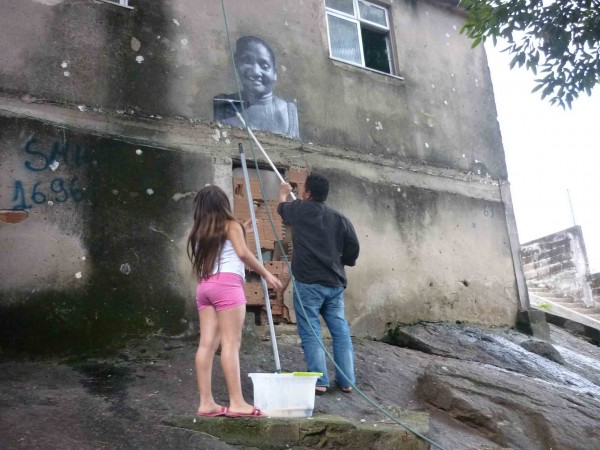
The precarious, perched and sometimes ramshackle construction of Providência is not popular with the authorities, and it seems like they can’t wait to get their machines up there to knock half the favela down. There are plans to build cable cars, amphitheatres and to open the area up for tourists. The plans have been drawn up with no consultation with the residents.
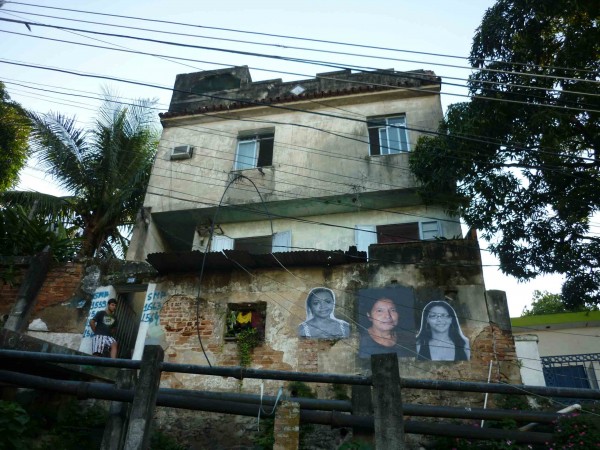
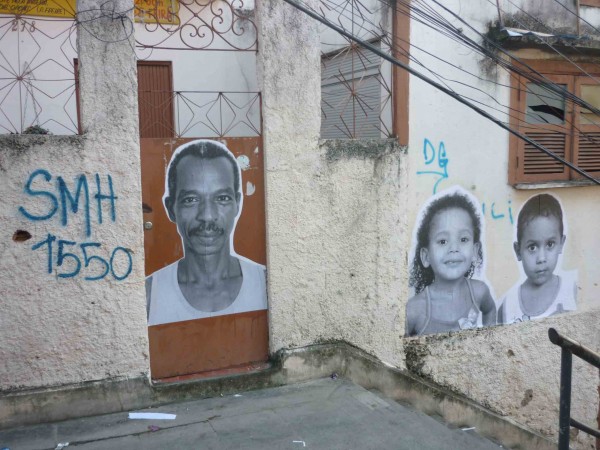
One day a team from the Municipal Housing Authority turned up on the hill, armed with clipboards and blue spray paint. They proceeded to number certain houses with an Orwellian acronym (SMH – Secretaria Municipal de Habitação) and inform those living inside that they were due for removal.
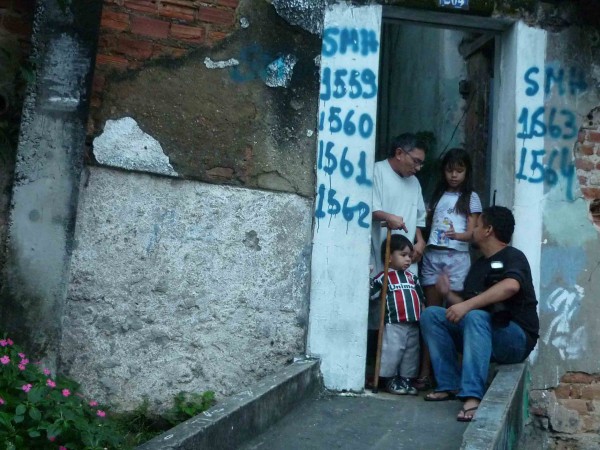
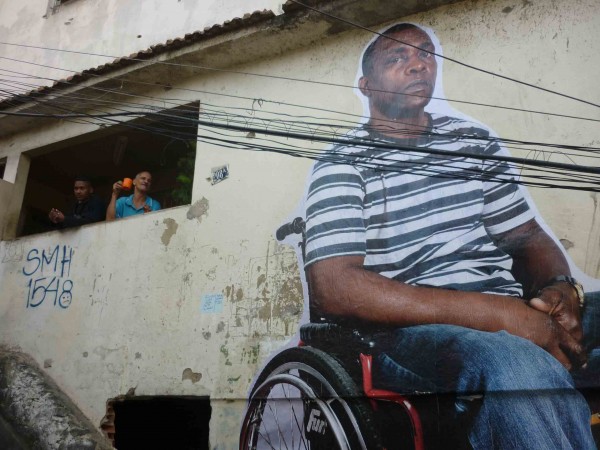
Some residents are not best pleased about this. As Dona Penha puts it “When things were bad, (i.e. when the favela was run by drug traffic and corrupt police) when we had to sleep under our beds at night, and walk our children past dead bodies in the morning, it was fine for us to stay here. Now things are better, we’ve got to go.”
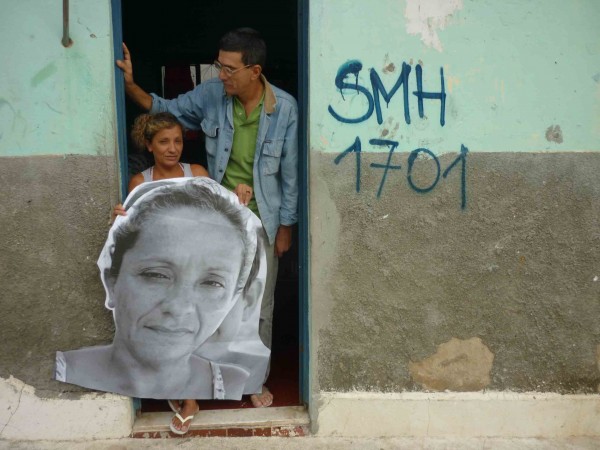
JR’s Inside Out project was a perfect opportunity for people to show their faces. Mauricio Hora, a photographer born and brought up in Providência, took more than 100 portraits of residents that the Inside Out team printed (and hand delivered to Rio, thanks Marc!) which we pasted up with residents over three consecutive weekends.
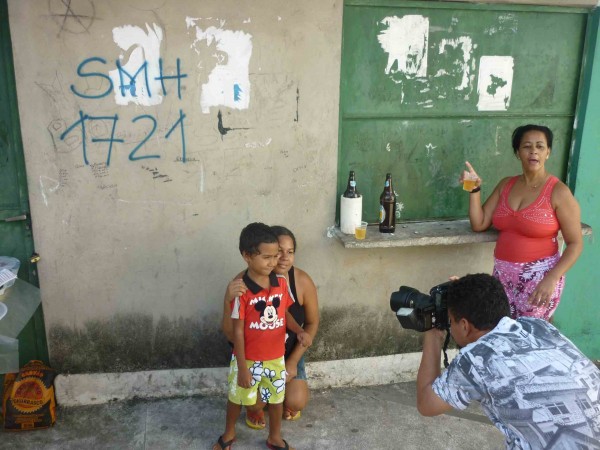
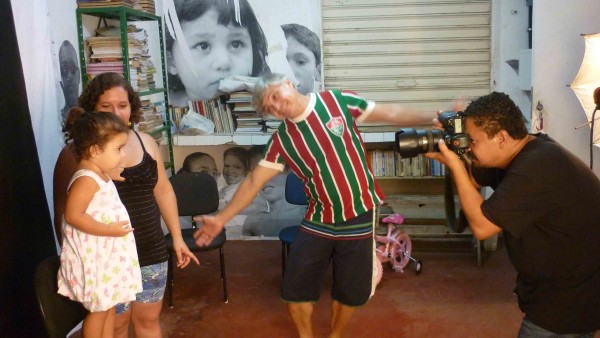
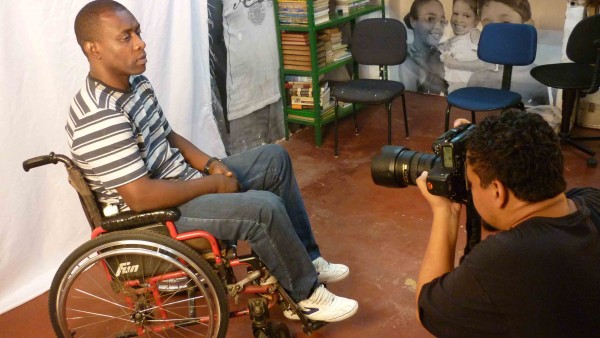
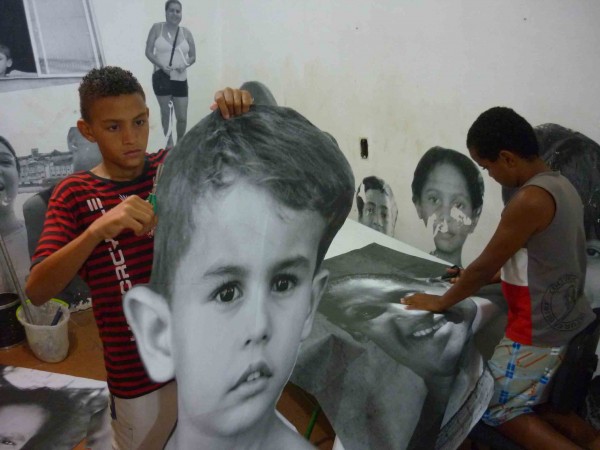
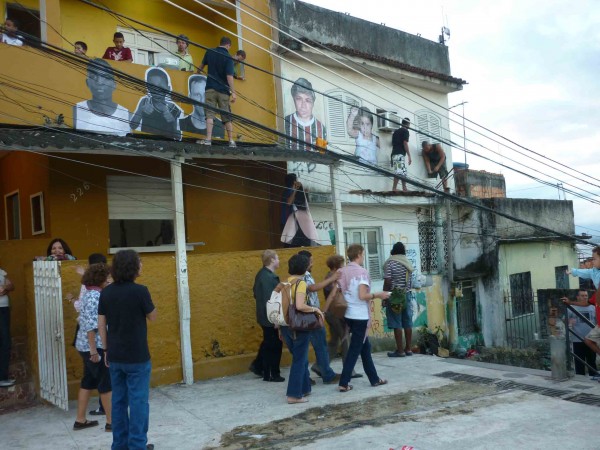
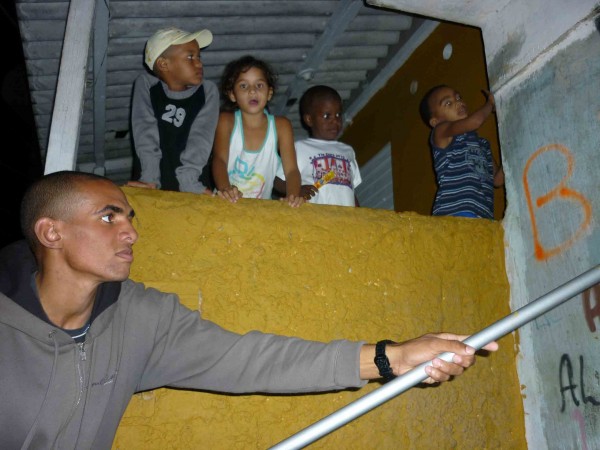
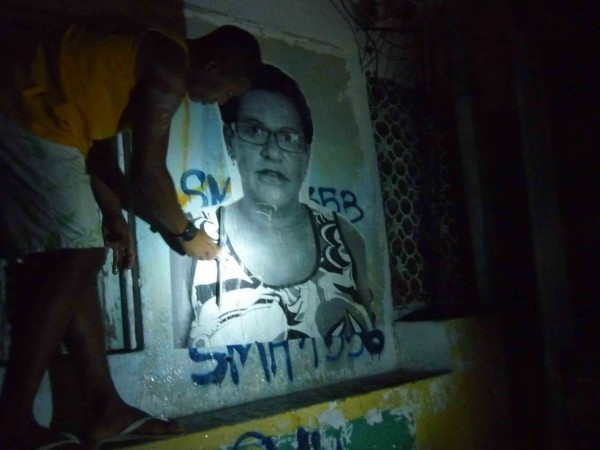
The first day of pasting saw a visit from Raquel Rolnik, the UN Special Rapporteur on Adequate Housing, that lead to a TV appearance by Mauricio Hora, and it appears that the authorities are already changing some of their plans.
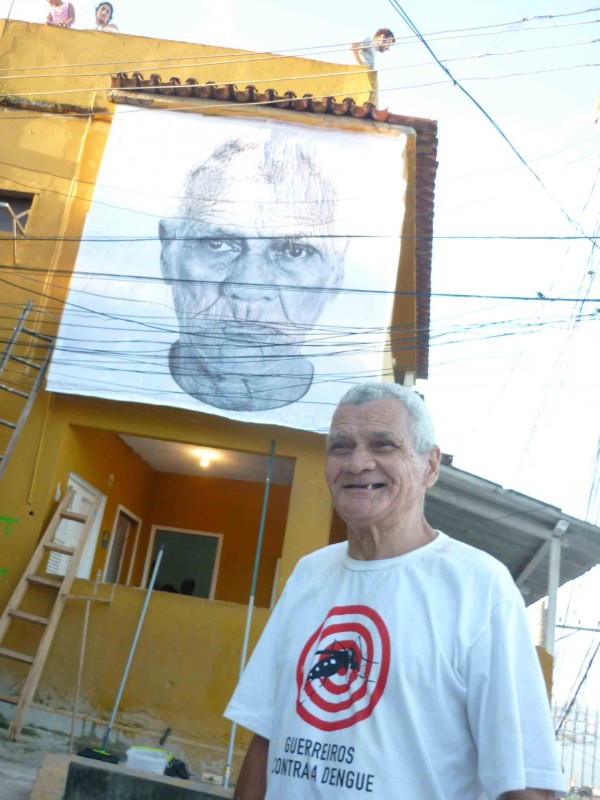
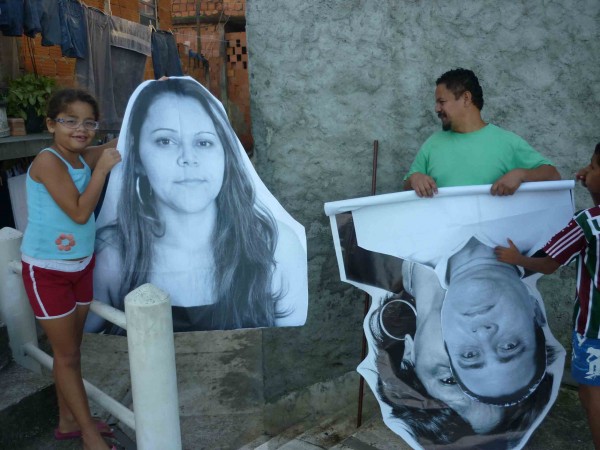
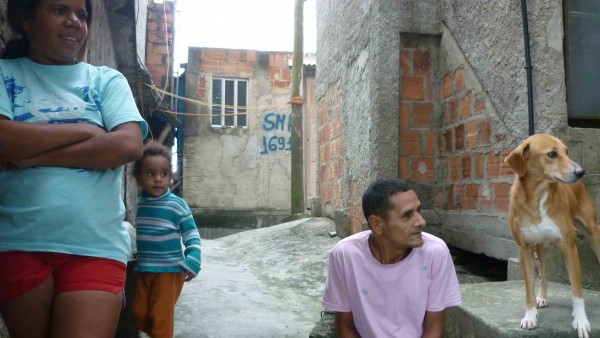
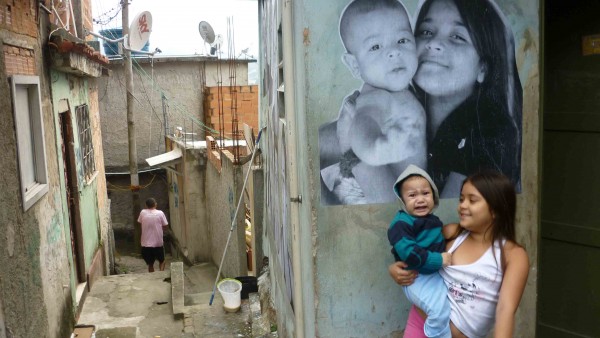
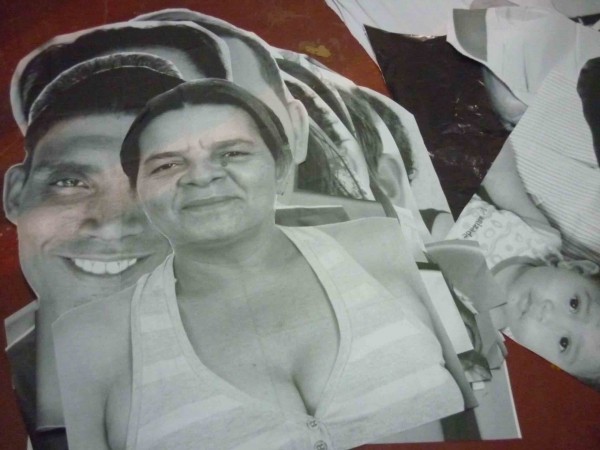
Rosiete Marinho, a community leader, says:
“We’re not invaders, we’ve been on this land for 150 years, and we have a legal right to remain. These photos represent our lives, lives that we want to maintain. We’re not a mere number.”
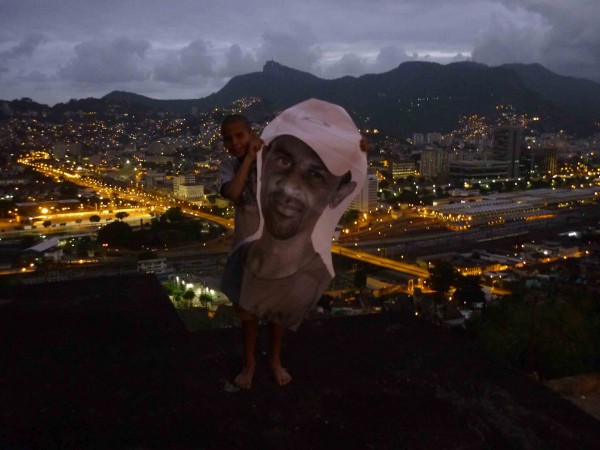
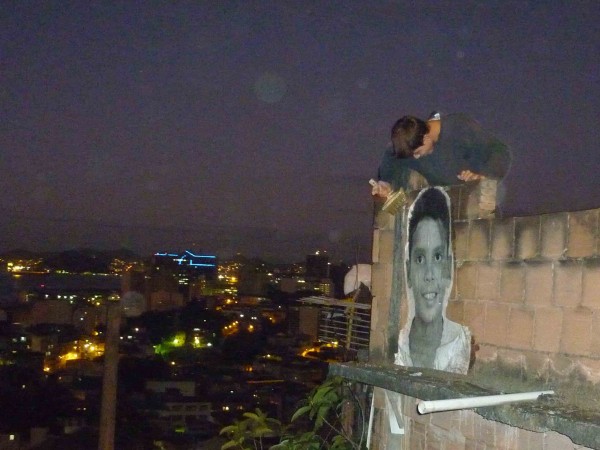
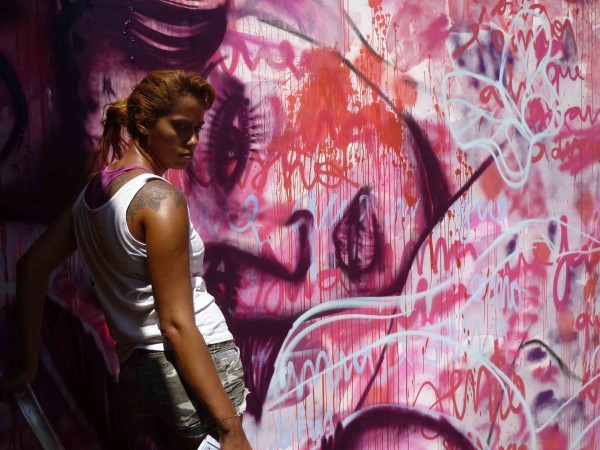
“My name is Panmela Castro, better known as Anarkia. I do graffiti. Today I’m doing a mural for an exhibition that’s going to happen at the State Council for Women’s Rights. The name of the exhibition is ‘Colour Shocking Pink’.
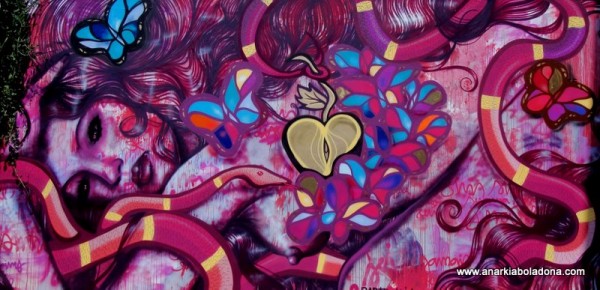
This mural is the story of Eve. There is Eve, the snake and the apple. So this Eve, she’s in this place with nothing to do, it was really super boring, a proper drag and there was even this guy there telling her what she could and couldn’t do, giving her orders. One day she gets really fed up, and says well I’m going to do what I want, I’m going to be happy now, I’m not going to obey any man.
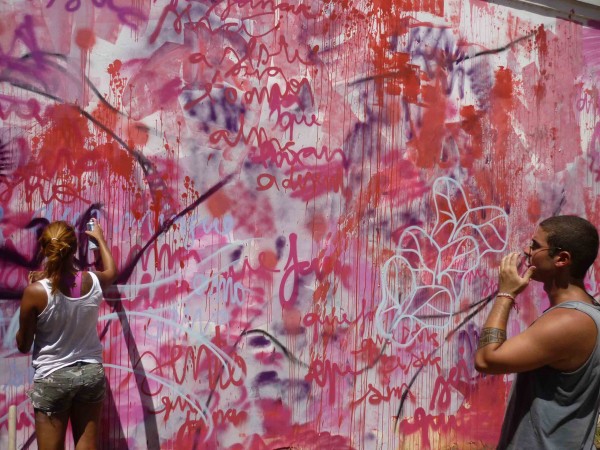
Then she began to make loads of friends: her first friend was the snake, and she began to try different fruits, but then those who were scared of the boss, this big guy, began criticizing and demoralizing Eve, saying that she was loose and so on.Now the boss guy in the story isn’t Adam it was God. Eve controlled Adam and didn’t pay him much attention; the problem was the other guy who thought he was the sinistrão (The Boss).
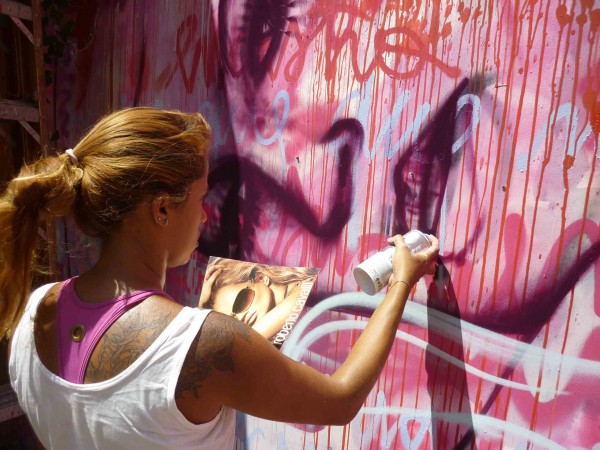
The apple symbolized sex – even though God said that they couldn’t try it – Eve decided to do it anyway. In reality she had sex with Adam, so the Bible says that she had the power to dominate him. The problem is God who stood there saying that she couldn’t do that, but can you imagine Adam and Eve for all eternity in paradise without doing anything? Eve was malandra (cunning).
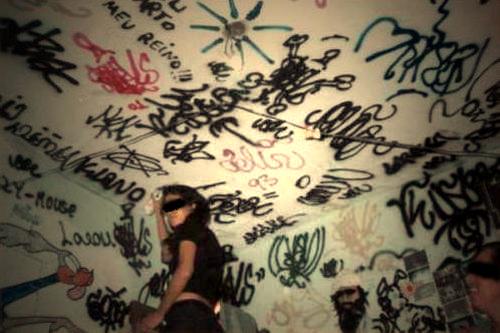
I started graffiti on the street in 2005 but before that I was a pixadora. In reality I flirted with graffiti for 5 years before I started painting. Pixacao is more or less what people outside Brazil call tags, which means writing your name with spray paint on a wall, although it grew differently here, as a self contained culture. Here there is the thing about writing names as high as possible on buildings and to make sequences, so pixacao took on its own characteristics. I started through a friend who studied at the time, who started to pixar to get in with the boys at school, and it worked for her.
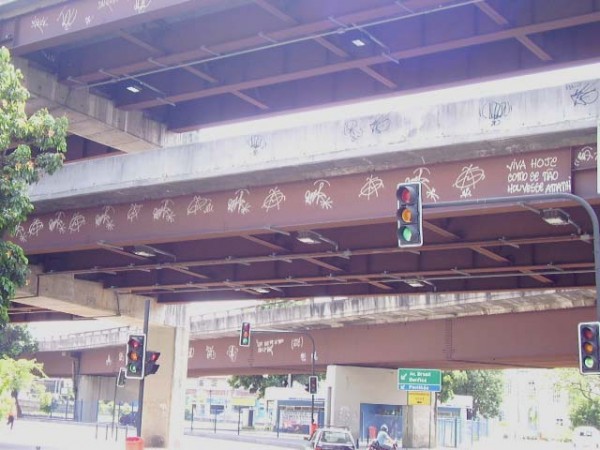
A pixador is a normal person – they could be firemen, policemen or teachers. They are normal people but instead of going out to a dance or to play football they go out to pixar, it’s their leisure…just that it’s illegal. The adrenaline that someone might get from motocross might be the same that someone gets from doing something illegal that happens to be writing their name on a wall.
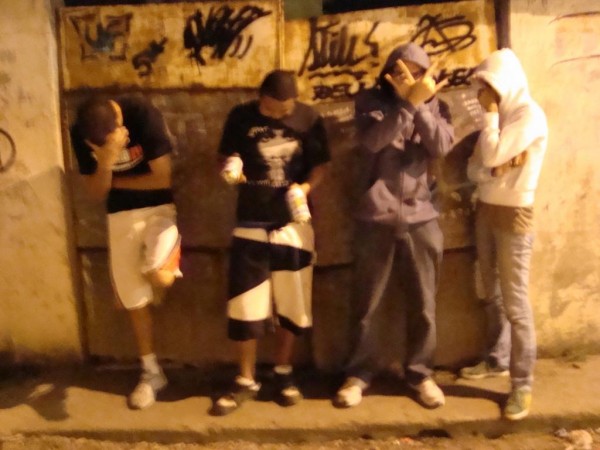
I stopped pixacao in 2002. My career wasn’t very long, but I always lived among it, because it generates a circle of friends that you can’t get away from afterwards. I think this is one of the motives for pixacao: to be someone somewhere, to be a member of a group. I stopped because I got married and became a housewife when I was 21, and I only started doing graffiti after I got separated. I wasn’t going to go back to pixacao, I was working and studying, I had set up a house, and there was no way I was going to start running from the police again or getting shot at. At the time of being a pixadora it was difficult because there weren’t any girls and they always thought that we wouldn’t be able to keep up, so I had to work to earn my space. With graffiti, even though the boys were more open, it was still the same thing, I heard to earn my space. Nowadays any girl can join in because we already conquered the terrain for them.
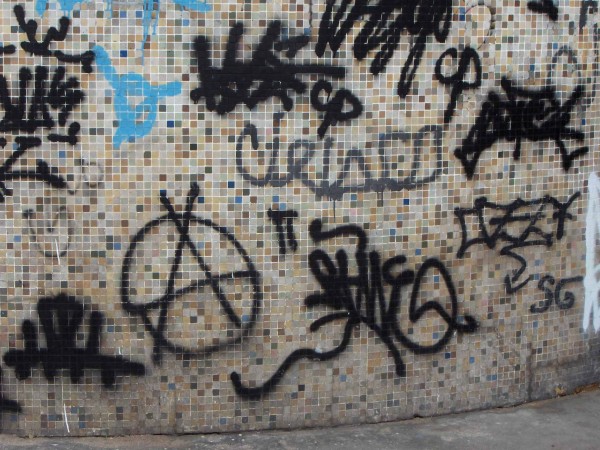
I’ve always been ANARKIA since I began with my first pixacao. The first thing I ever wrote was the punk A in a circle, the A for anarchy, and then I began to stylize it and it became my logo. I know how to do a lot of throw ups, when I started writing graffiti I started doing pieces and throw-ups in the street, then I began to write letters – Anarkia, a big filled in A, then I wrote Anark, and now I write Kia.
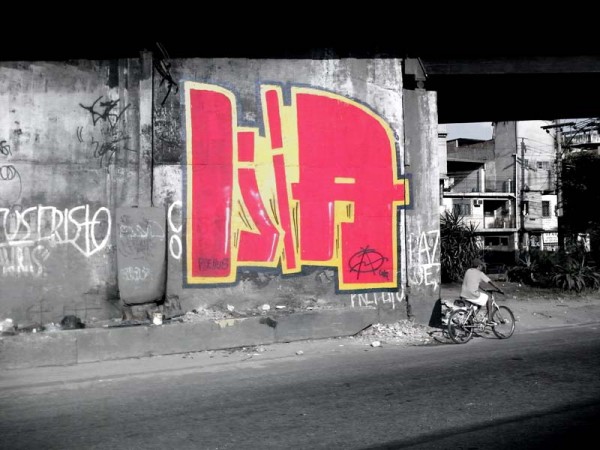
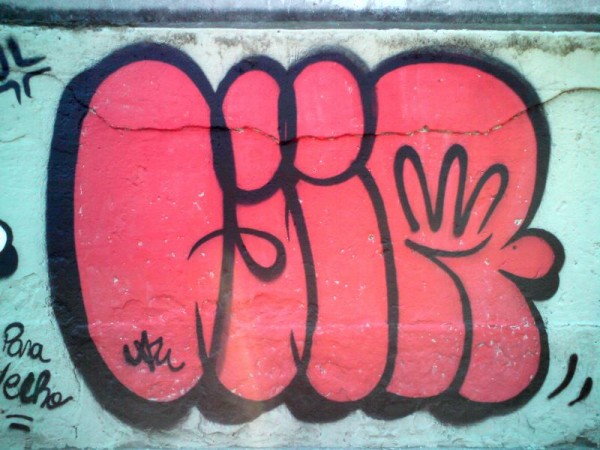
I still paint in the street, I have my spots, and now and then I go there and renew, in the Leopoldina area there are loads of walls that are mine. I already argued with almost everyone in graffiti, but we’re all friends now. I once fought with a girl from pixacao and there was a boy in graffiti who I wanted to fight in the past, but when I tried people never let me do it. Now we’re friends. I’ve learnt to respect other people’s differences over the years.
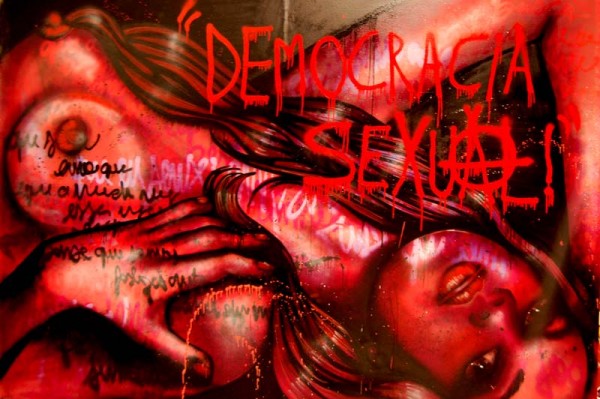
Through graffiti I can say what I think and express myself to everyone irrespective of race, gender or social class, it’s there for everyone to see. I’m a painting graduate and I’ve been studying drawing since I was nine. I began to incorporate the theme of women into paintings when I began to turn into a feminist.
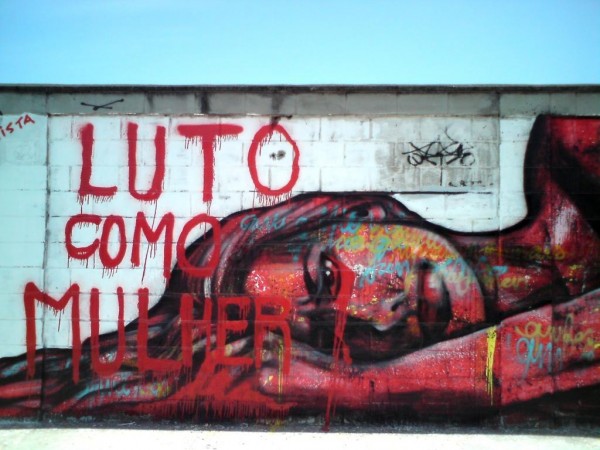
Being a feminist means being a politicized woman, conscious of her rights and who fights for recognition of her rights and cultural equality because even though we’re equal in our constitution, we haven’t managed to conquest this equality culturally speaking and in our lives. But we’re on our way there, and the process is going well. However there’s still a lot about the woman being a housewife; we can work, but we still have total responsibility for children, there isn’t much division of responsibility with the father, and then there’s the triple day of work, study, home/kids. We still earn less than men and I think this cultural inequality appears a lot in the thematic of sexuality and that’s why I use this in my work, because there are unwritten rules that say women can’t behave in a certain way, but men can.
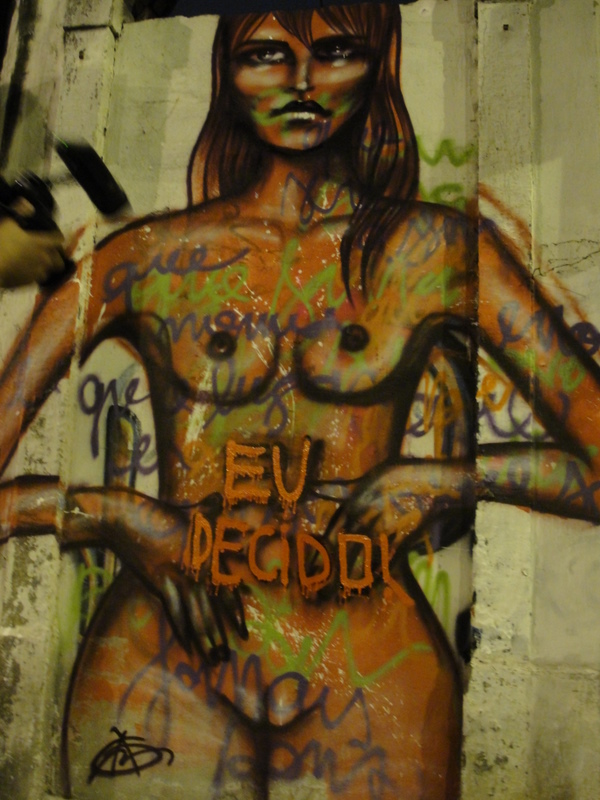
This abortion painting is about the right to have dominion over your body. Abortion is linked to the question of sexuality. People say that women will just use this as a form of contraception; I got pregnant so I’ll abort – but this is isn’t true, women are responsible. If a woman gets pregnant for some reason she should be able to decide. Because of the power of the evangelical churches in Brazil, this will take ages to change.
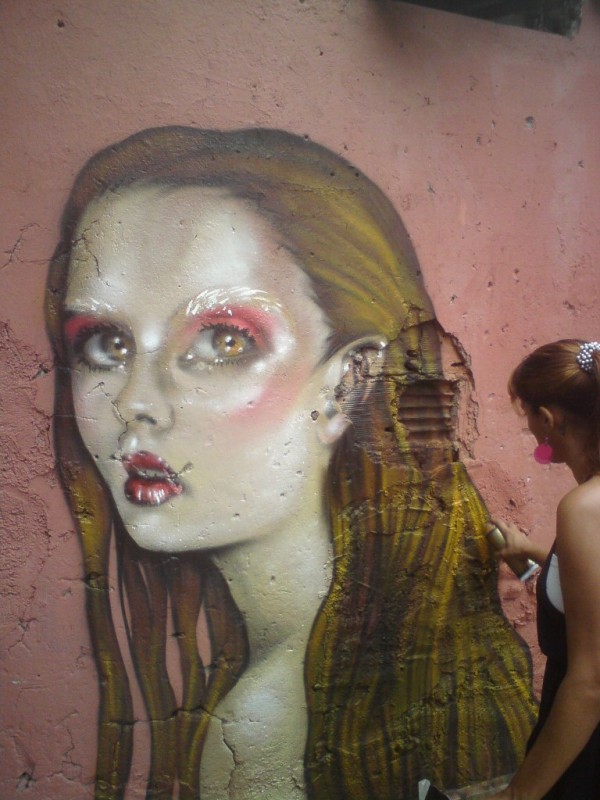
Today young girls are growing up knowing they can be what they want, including president. My generation didn’t have this, I think we thought it was possible but we just didn’t know it would be so soon. It’s not just about having a woman in the presidency, it’s about having a woman who represents our ideas, who is a feminist and wants to break taboos and win things for us. Dilma knows a lot about the economy and so on, but she’s not close to the feminist movement. They used the theme of abortion against her during the election campaign to force her into an alliance with the evangelicals.
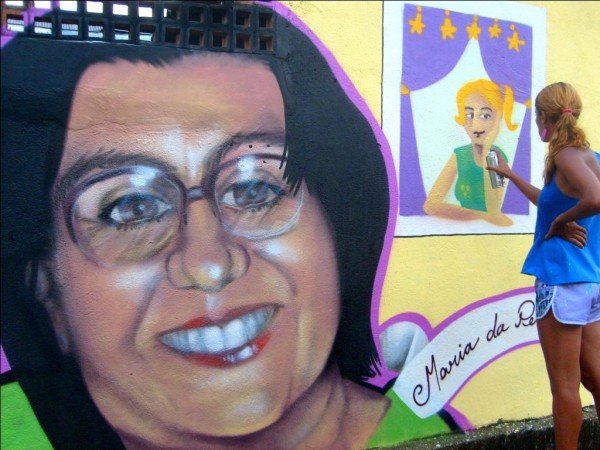
I created a graffiti project to educate women about the Lei Maria da Penha (it protects women from domestic violence) that was a great success. Because of this I won a human rights prize from a US institution called Vital Voices that was founded by Hilary Clinton when she was first lady. After this a group of us female grafitieiras created a network called Rede Nami – Feminist Urban Art Network – that uses graffiti to promote the rights of women.
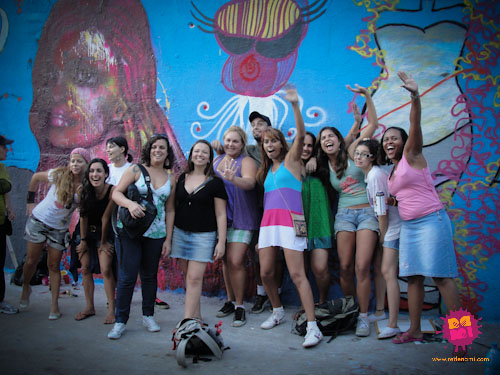
For the Vital Voices prize there was a whole formal programming, and I opened the NY stock exchange on International Day of the Woman.

Gustavo Coelho, a friend who made a film about pixacao, said I was tricking them all: You’re a 171!! (Slang from the Brazilian penal codification of fraud). How could they let a pixadora in among Hilary Clinton on Wall Street!”
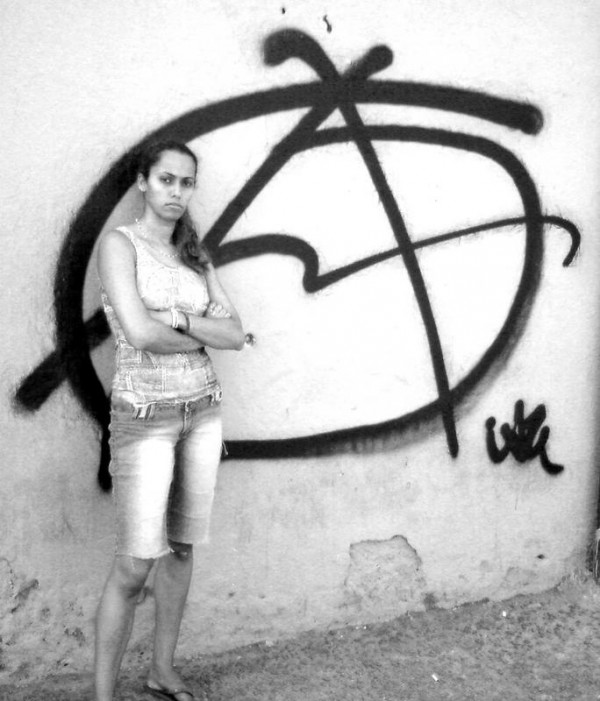
(Pics: Damian Platt/Anarkia)
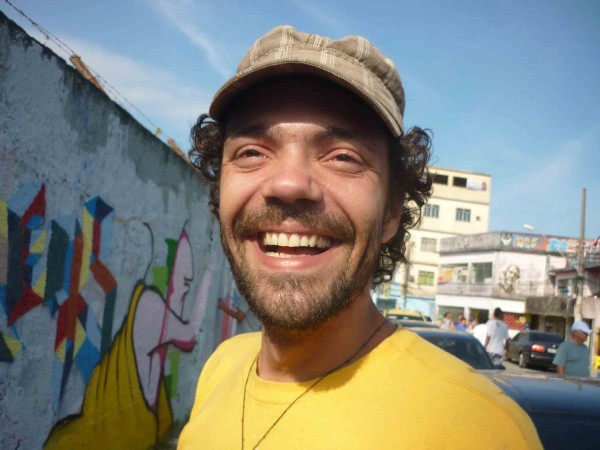
After one of the worst, most tense weeks in recent years, Rio de Janeiro breathed a sigh of relief when police and troops took over the huge Complexo do Alemão favela complex without a confrontation on Sunday morning. What was needed was a respite from the stress and media overload of police, tanks, dumb reporters in flak jackets and images of burning vehicles.
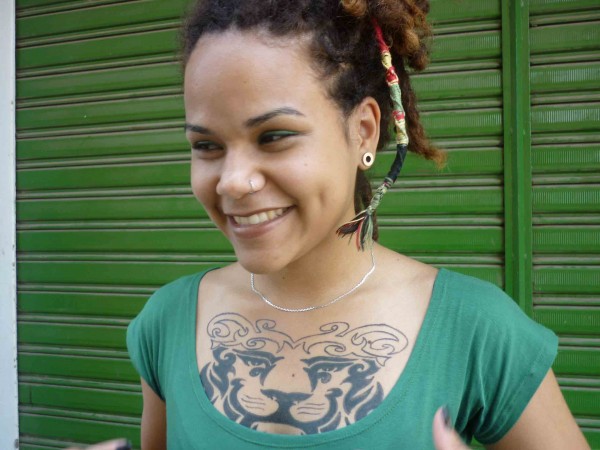
So I headed down with MC and radio producer Sistah to the Meeting of Favelas Brazil’s number one favela graffiti jam that unites writers, artists, friends and rappers from across the city and even the country.
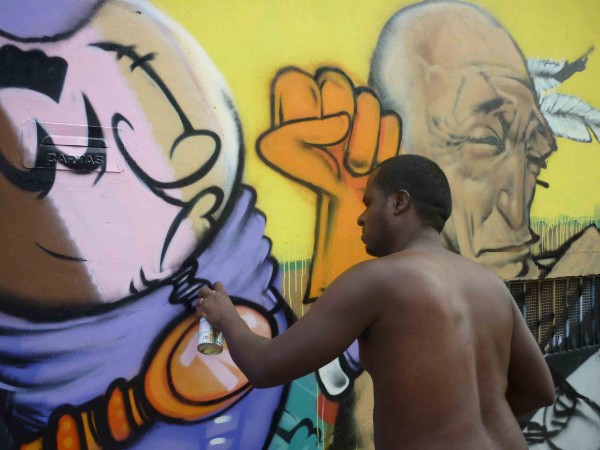
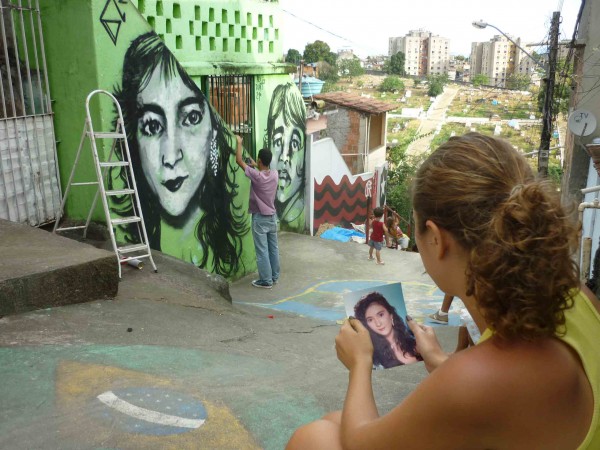
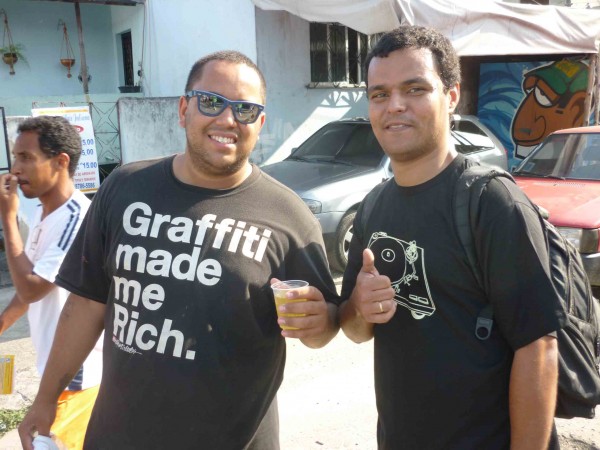

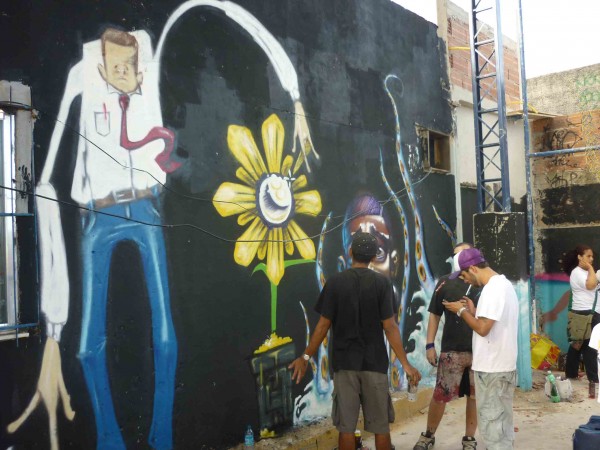
Meeting of Favelas is in its 5th edition and always takes place in Vila Operária in Caxias in the Baixada Fluminense district. The community was full of artists painting along the steep streets and in a football court. All an artist has to do is get permission from the house owner and they can paint.
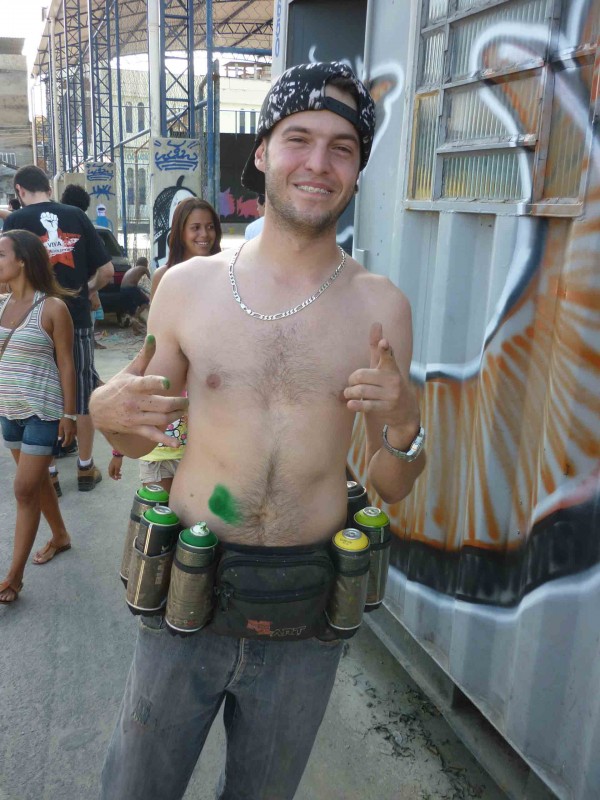
As ever the favela showed that it has a form of lifestyle that has much to offer. Music and entertainment was provided courtesy of the DJs and presenters of the Batalha do Real, Rio’s traditional and best MC battle event. Rio smiles again! Thank you to organiser Kajaman and his team and of course the people and house owners of Vila Operária who gave over their houses for this public art event!!
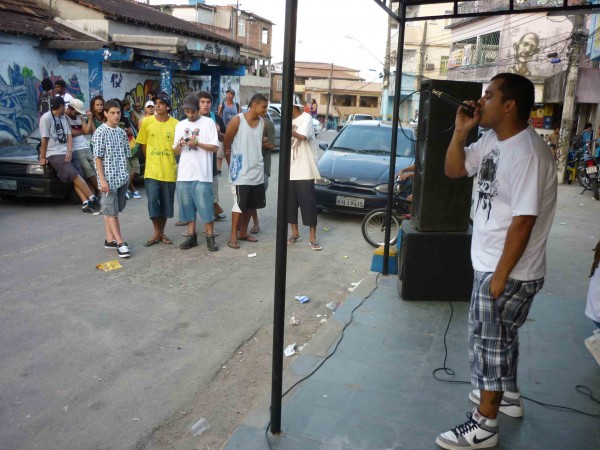
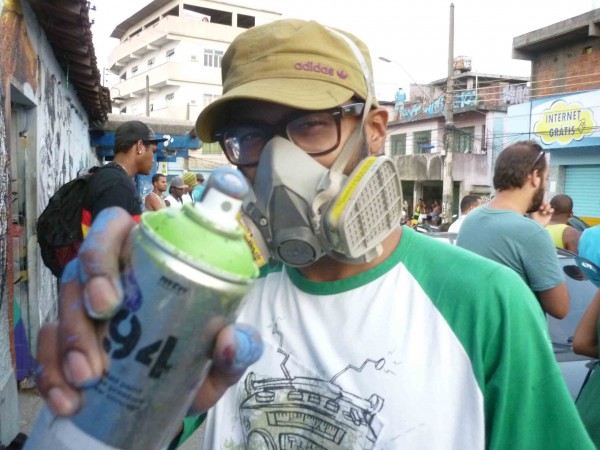
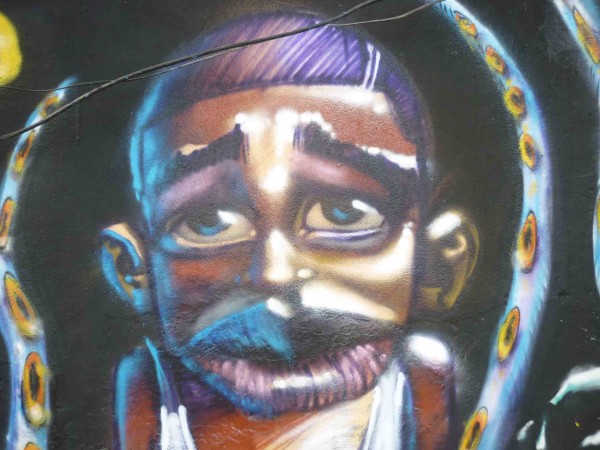
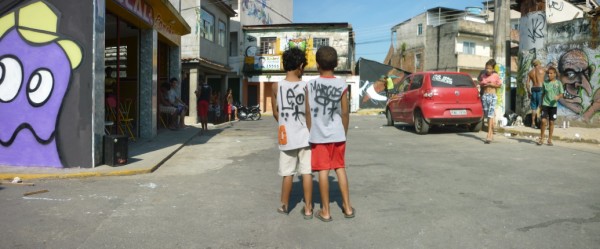
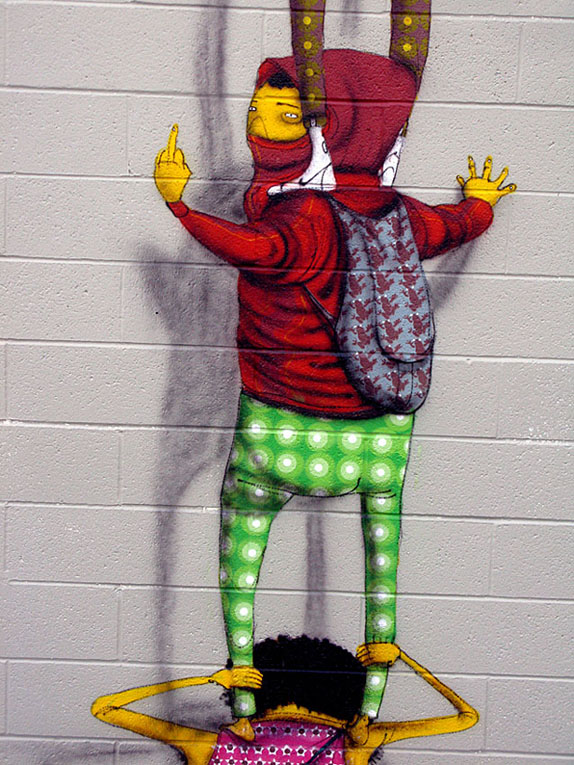
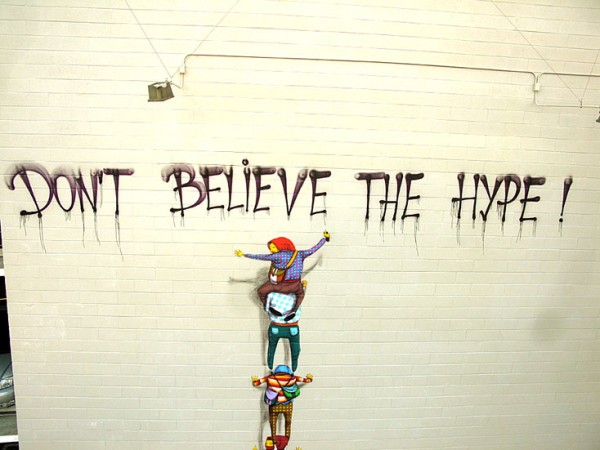
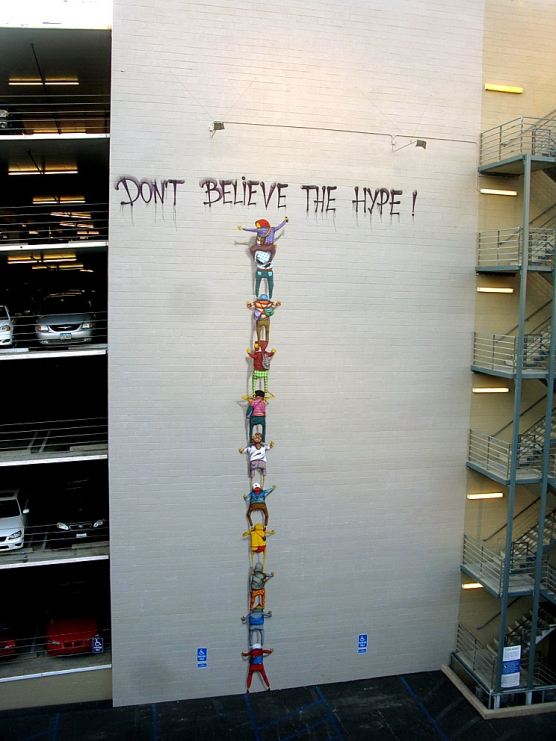
The Gemeos rocking the “Viva La Revolución” Exhibition of the Museum of Contemporary Art of San Diego that runs until January 2011. Fellow artists Shepard Fairey and JR tak about their work and the exhibition here.
Photos courtesy the Gemeos blog on 12OzProphet.